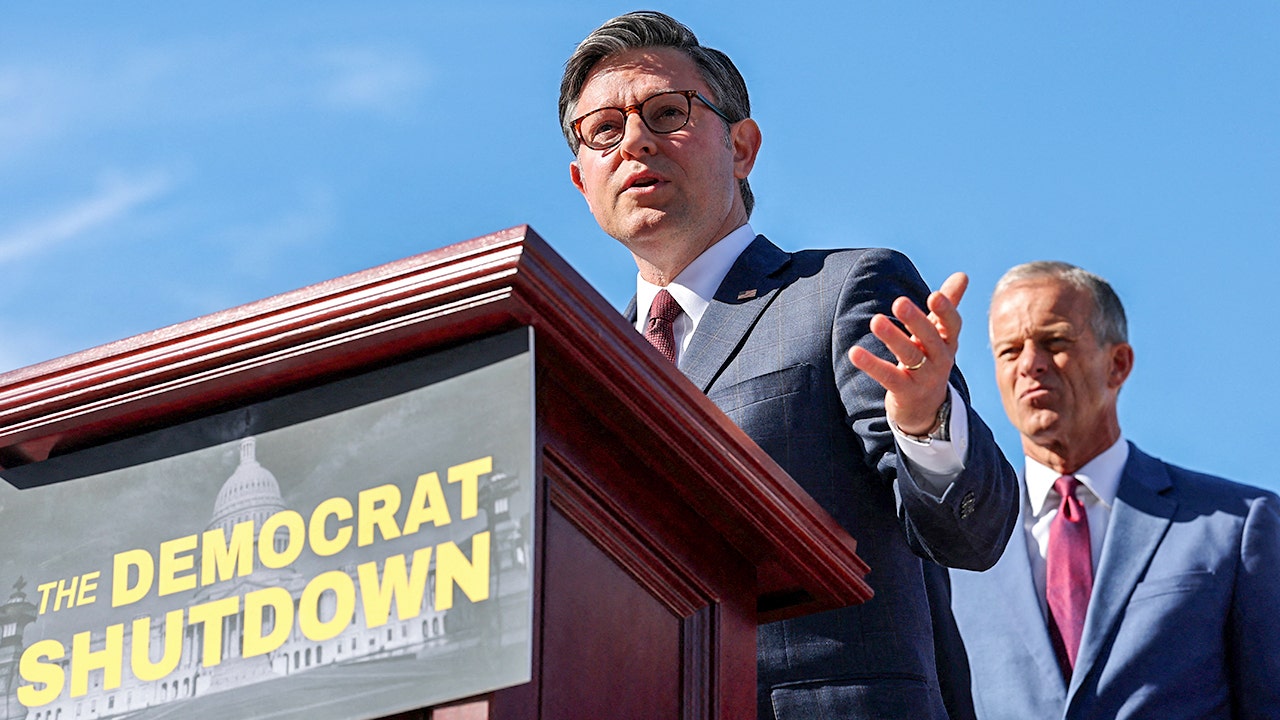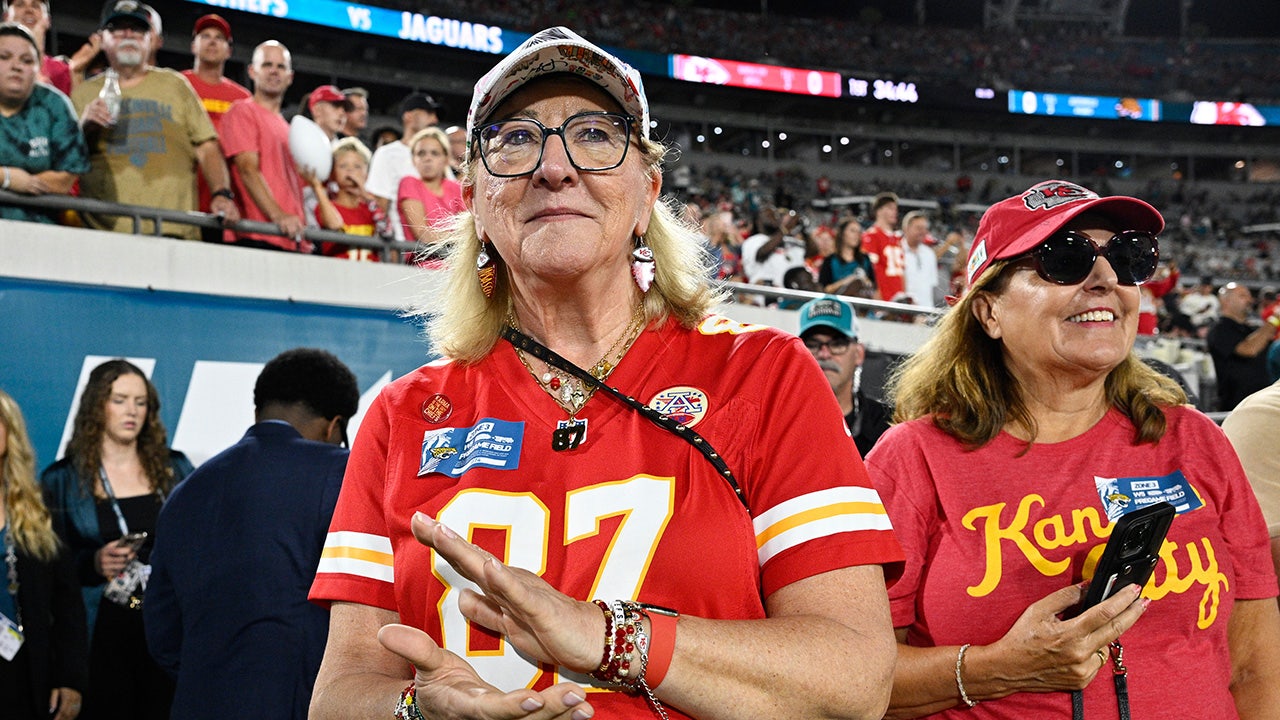Critical care nurse Janet Kerrigan was stunned to discover in 2011 that she had multiple myeloma, an incurable blood cancer, and she only had a year or two to live.
A crucial stem cell transplant in 2012 prolonged her life — but her private insurance carrier stuck her with 20% of the nearly million-dollar tab. Then came the pharmacy bill.
She was put on Revlimid, a pricey prescription drug that activates the immune system to fight cancer cells. Her co-pay was a whopping $11,000.
“This is a drug that’s going to keep my myeloma at rest,” Kerrigan, 69, who lives in Myrtle Beach, S.C., told The Post. “It’s like a diabetic needs insulin. Myeloma patients need Revlimid, so I just went into action.”
What followed was a dizzying cycle of asset liquidation, family-led fundraisers, side jobs and grant applications — anything she could do to keep the Revlimid flowing.
The preposterous price of prescription pills seized the spotlight last week when President Trump announced new efforts to lower them. Pfizer agreed to reduce prescription drug costs for Medicaid, while a soon-to-launch “TrumpRx” site is slated to offer discounted meds for the uninsured and underinsured.
Kerrigan, who is now retired and on Medicare, believes this is the “beginning of the help that we need.”
“I don’t believe it’s just going to be Medicaid,” she said about Trump’s drug plan, which is still evolving. “I think you’re going to start seeing a trickle-down effect.”
Inside Trump’s new drug-pricing plan
Kerrigan noted that she knows myeloma patients who can get a three-month supply of their meds for $80 — in India.
Prescription drug prices are notoriously high in the US, with Americans shelling out nearly three times as much as other high-income nations.
Trump has long been pursuing a “most-favored-nation” (MFN) drug pricing plan to align US costs with those of other wealthy countries.
Since his Sept. 30 announcement, AstraZeneca launched AstraZeneca Direct to sell its prescribed medications at discounted cash prices. The asthma rescue inhaler Airsupra and the diabetes drug Farxiga are among the treatments on the online platform.
And starting in January, French drugmaker Sanofi will expand its $35 monthly insulin program to all US patients with a valid prescription, regardless of their insurance status.
Trump promised savings of up to 85% with his new initiative, though critics have said it doesn’t go far enough for patients to feel it in their pocketbooks.
How prescription drug costs add up
Aarolyn McCullough, 66, could use all the help she can get.
The retired US Postal Service worker swallows 16 pills a day to keep herself alive after being diagnosed with an autoimmune liver disease and receiving a liver transplant.
There’s medicine to suppress her immune system, to keep her bile ducts open, to lower her high blood pressure, to improve her cholesterol levels, to boost her bone density.
Then there’s cream for her prolapsed bladder and Ozempic for her diabetes. The list goes on and on.
Though she has federal employee health insurance, she estimates that she drops $600 every 90 days for her extensive drug arsenal. It means cutting back in other areas of her life, like travel, entertainment and dining out.
“I have to make sure that my medication is No. 1, because without that, I can’t do anything else,” McCullough, of Oak Park, Mich., told The Post.
Looking for help in DC
Kerrigan and McCullough are part of Patients for Affordable Drugs, a national organization dedicated to lowering prescription drug prices.
Kerrigan, along with other members of the group, met with Health and Human Services Secretary Robert F. Kennedy Jr. over the summer to plead for relief.
“I said, ‘I’m going to tell you something embarrassing, but this is what I had to do. My mother gave me my grandmother’s silver, and I cashed it in to pay for my medical bills,’ ” recalled Kerrigan, who also tapped into her pension and 401(k) retirement savings plan.
“And I got angry, and I said, ‘Nobody should have to go through this.’”
Kerrigan said Kennedy “really listened to us” and seemed “very, very empathetic” to the cause, even expressing anger at the hoops group members have had to jump through to get their meds.
After the meeting, Kennedy said that reducing prescription drug prices to match those of other nations is the “only humane thing and compassionate thing that we can do for Americans.”
Shaping a new future
Stressing about sky-high prices distracts from the good that McCullough is doing.
She assists transplant patients at Henry Ford Hospital in Detroit, where she received her donor liver in 2011, and runs the nonprofit Aarolyn’s House of Hope. She envisions a space for organ recipients and their families that resembles the Ronald McDonald House.
For her part, Kerrigan started a support group for myeloma patients and their caregivers in the Myrtle Beach area.
She is back in remission and off prescription meds after undergoing a personalized form of immunotherapy in 2023.
Kerrigan said that lower drug prices across the board “would be a lifesaver for a lot of people.”
“Why should somebody that has cancer,” she added, “have to worry where we’re going to get our drugs in the United States?”
Read the full article here
















